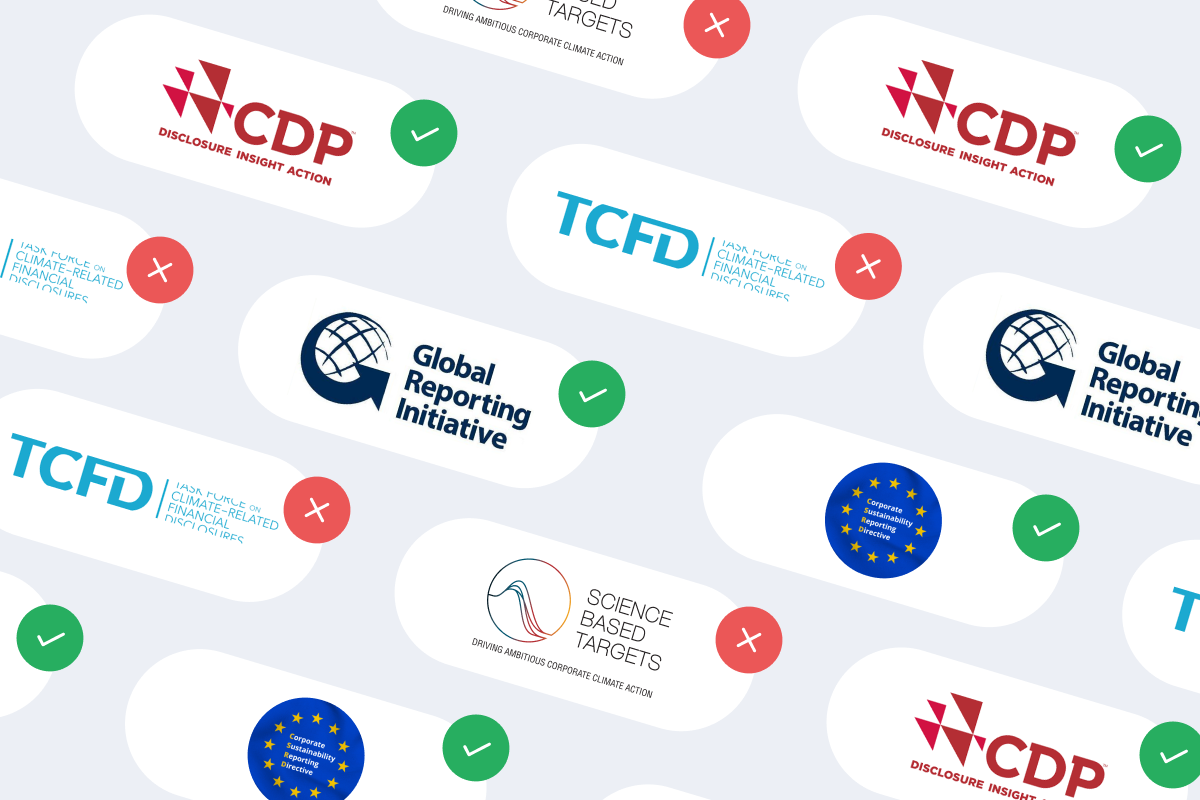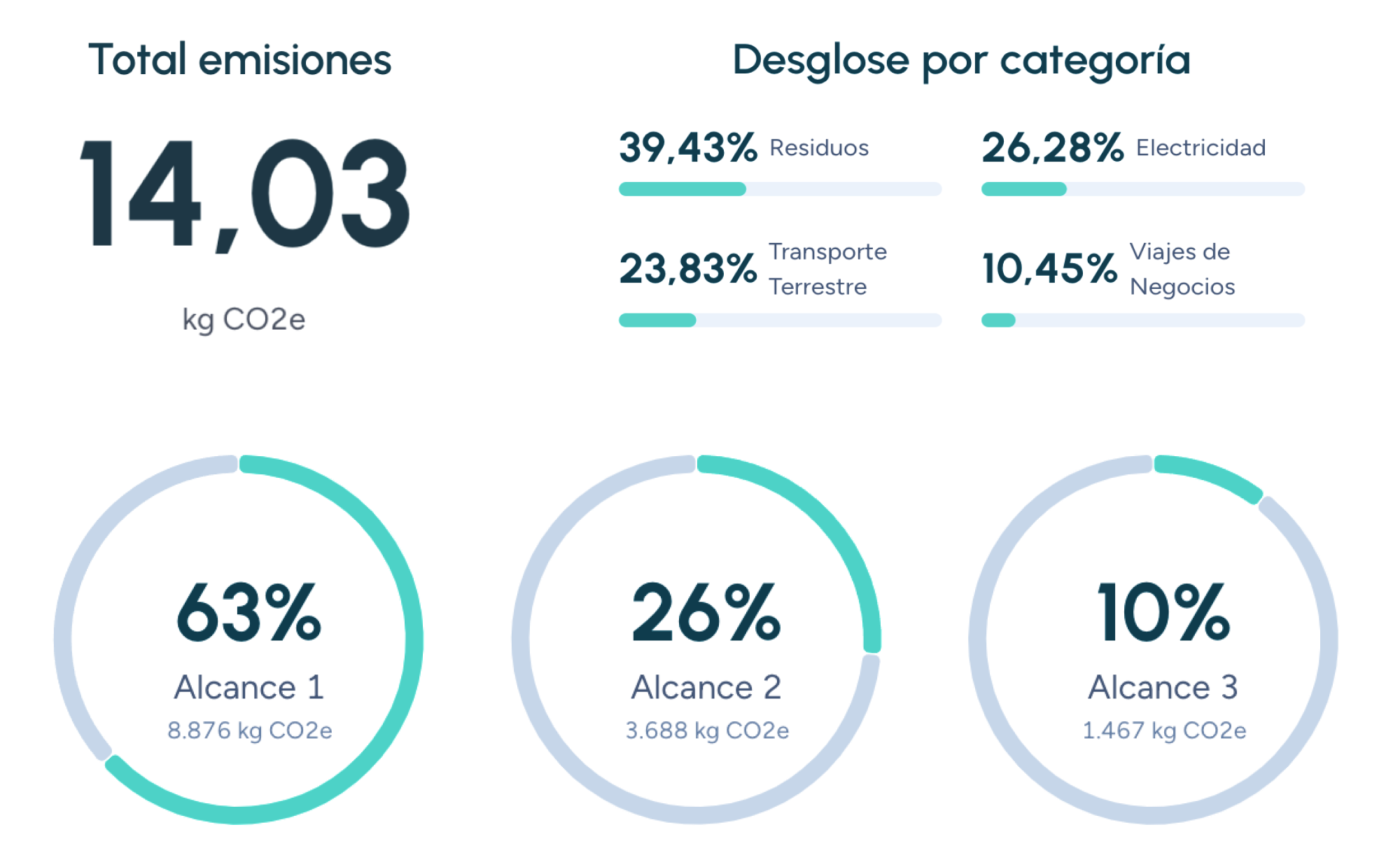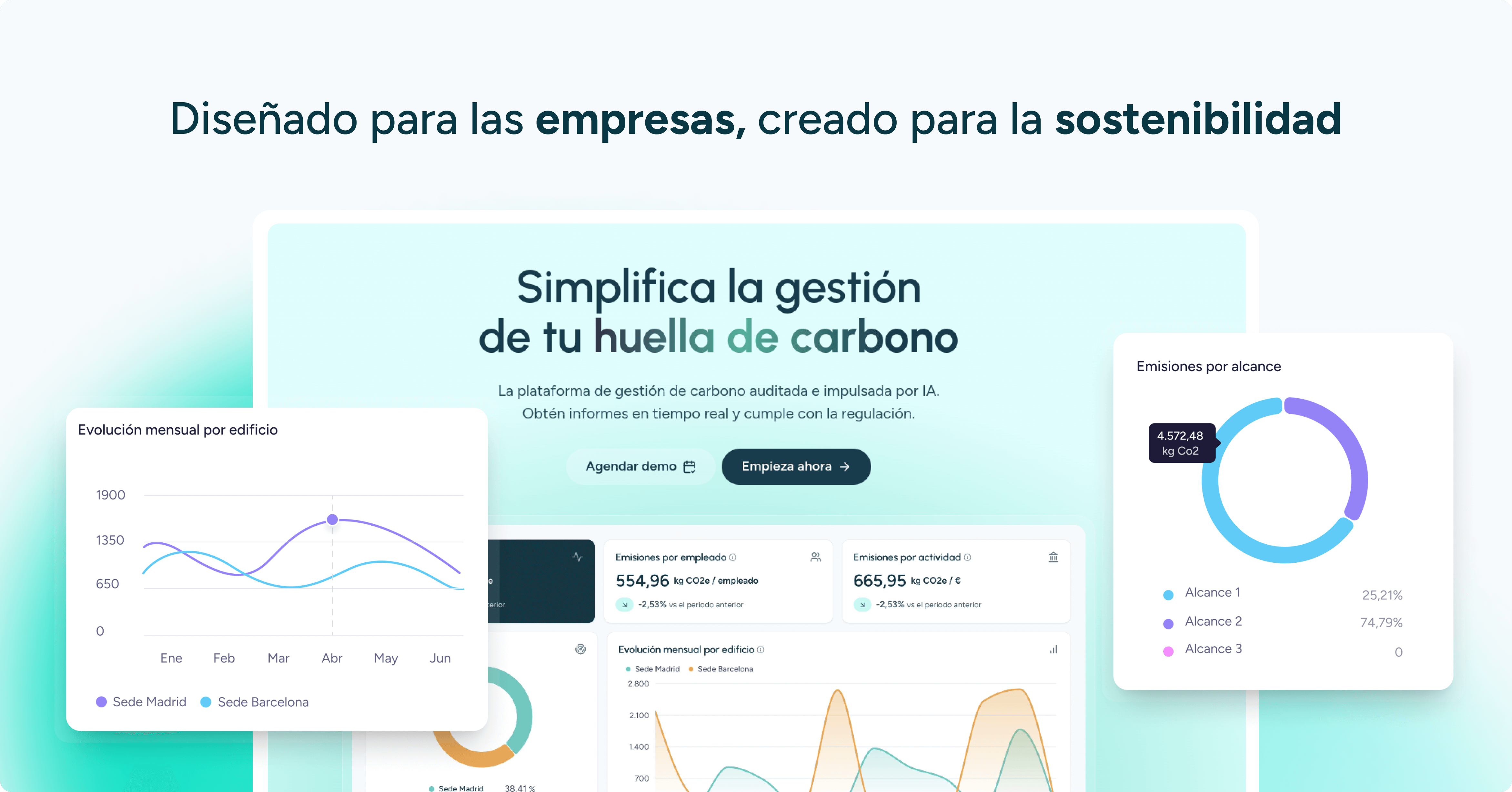Back to the blog
Grey Water Footprint: The Impact of Water Pollution
Jaume Fontal
CPTO & Co-Founder
The grey water footprint is a key concept for evaluating the impact of water pollution generated during the production of goods and services. Unlike other types of water footprint, such as blue and green, which measure water consumption, the grey water footprint focuses on the water required to dilute the pollutants generated during production processes.
In this article, we’ll dive into what the grey water footprint is, how it’s calculated, and its environmental impact. We’ll also explore concrete examples showing the importance of this indicator in fighting water pollution.
What is the Grey Water Footprint?
The grey water footprint refers to the volume of freshwater needed to dilute the pollutants generated during the production of a good or service to a level that does not harm the environment or human health. This concept is essential for understanding how human activity not only consumes water but also pollutes existing water sources.
Key characteristics of the Grey Water Footprint
- Pollution measurement: Calculates the amount of water needed to dilute pollutants such as chemicals, heavy metals, nutrients, and other waste generated in industrial or agricultural processes.
- Environmental impact: The higher the volume of pollutants, the larger the grey water footprint, indicating greater potential damage to aquatic ecosystems.
- Sustainability indicator: By measuring the grey water footprint, we can identify the industries contributing most to water pollution and take action to mitigate their impact.
How is the Grey Water Footprint Calculated?
The grey water footprint is calculated based on the volume of water needed to dilute pollutants generated during production. This involves three main steps:
- Identify pollutants: Determine which pollutants (e.g., pesticides, fertilizers, industrial chemicals) are generated during the production of a good or service.
- Calculate pollutant load: Measure the volume and concentration of each pollutant in water using dilution models to ensure water quality is maintained.
- Compute the Grey Water Footprint: Calculate the total water volume required to dilute pollutants to levels safe for human health and the environment.
Practical example: Cotton production
A clear example of the grey water footprint is found in the textile industry, especially in cotton cultivation. During this process, pesticides and fertilizers are used, which rainwater can carry into nearby water bodies. Diluting these pollutants requires a significant volume of water, which contributes to the grey water footprint. In some cases, it may exceed 5,000 liters per kilogram of cotton produced.
Why is Measuring the Grey Water Footprint Important?
Measuring the grey water footprint is vital for understanding the environmental impact of production activities that generate pollution. It helps identify which sectors contribute most to water pollution and guides efforts to reduce this impact. In addition, the grey water footprint supports:
- Preventing ecosystem overload: Identify pollution sources and work to reduce pollutant emissions.
- Improving water management: Adopt sustainable practices to minimize chemical use and water pollution.
- Promoting sustainable production: Cleaner technologies and responsible processes can significantly reduce the grey water footprint.
For more on reducing environmental impact, see our article: Life Cycle Assessment (LCA): How to Evaluate a Product’s Environmental Impact.
Industries with a High Grey Water Footprint
Some industries have a significant grey water footprint due to the amount of pollutants they generate:
Agriculture
- Common pollutants: pesticides, fertilizers, herbicides.
- Estimated footprint: high, especially in crops like cotton and rice.
Textile industry
- Common pollutants: dyes, washing chemicals.
- Estimated footprint: very high, especially in cotton clothing production.
Mining
- Common pollutants: heavy metals, acids.
- Estimated footprint: high, due to mineral extraction and processing.
Chemical industry
- Common pollutants: industrial waste, toxic chemicals.
- Estimated footprint: high, particularly in plastic and chemical manufacturing.
How to Reduce the Grey Water Footprint
Several strategies can help reduce the grey water footprint and minimize water pollution:
- Optimize production processes: Use cleaner, more efficient technologies to reduce pollutant generation.
- Use more sustainable chemicals: Replace chemical fertilizers and pesticides with biological alternatives or adopt sustainable agricultural practices like cover crops and crop rotation.
- Treat wastewater: Implement systems that remove contaminants before they reach natural water bodies.
- Pursue environmental certifications: Encourage sustainable practices through certifications that promote responsible, low-impact production.
Grey Water Footprint: A Key indicator of Water Pollution Impact
The grey water footprint is a crucial indicator for measuring the impact of water pollution in the production of goods and services. By properly calculating and managing it, we can reduce the environmental footprint of our activities and help conserve water resources. Implementing sustainable practices is essential to mitigate pollution and ensure a cleaner, greener future.
To learn more about the water footprint and sustainability strategies, check out our articles The Impact of the Water Footprint in Agriculture and Life Cycle Assessment (LCA) Methods and Tools.
FAQs about the Grey Water Footprint
Which industries have the largest grey water footprint?
Industries with the highest grey water footprint include agriculture (especially crops like cotton and rice), the textile industry, and mining.
How can a company reduce its grey water footprint?
A company can reduce its grey water footprint by adopting cleaner technologies, using more sustainable chemicals, and improving wastewater treatment processes.
Does the grey water footprint also affect biodiversity?
Yes, the grey water footprint can negatively impact biodiversity by polluting water bodies, thereby threatening aquatic ecosystems and the species that depend on them.
Jaume Fontal
CPTO & Co-Founder
About the author
Jaume Fontal is a technology professional who currently serves as CPTO (Chief Product and Technology Officer) at Manglai, a company he co-founded in 2023. Before embarking on this project, he gained experience as Director of Technology and Product at Colvin and worked for over a decade at Softonic. At Manglai, he develops artificial intelligence-based solutions to help companies measure and reduce their carbon footprint.
Content
Companies that already trust manglai

Technologies for Optimizing the Water Footprint in the Textile and Agri-Food Industries
Discover how digitalization, water reuse, and artificial intelligence are transforming water management in the textile and agri-food sectors
29 October, 2025
Strategies to Reduce the Water Footprint of Companies
Learn techniques and tools to minimize water impact in processes and products.
03 September, 2025
Corporate Water Responsibility: Key Strategies for Water Management in Companies
Learn how companies can adopt responsible practices in water use and management.
01 September, 2025
Guiding businesses towards net-zero emissions through AI-driven solutions.
© 2025 Manglai. All rights reserved
Política de Privacidad


